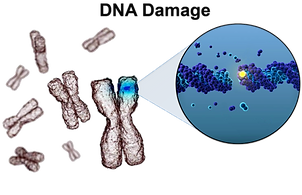
BED
Biologically Effective Dose
The concept of biologically effective dose (BED) in particular is useful for quantifying treatment expectations, but clinical oncologists should recognize that careful interpretation of modelling results is required before clinical decisions can be made and that there is a lack of reliable human parameters for application in some situations

FORMULA
Isoeffective formula and Biological effective Dose
The biologically effective dose is a relatively modern method of accounting for the effects of fractionation on the observed effects, taking into account the different behaviour of early and late reacting tissues.
Summarising the process in Hall:
The biological effect E of a dose of D Gy is:
(1)
E=αD+βD2
If the dose D is split into n fractions of d dose each, then:
(2)
E=n(αd+βd2)
This can be rewritten as:
(3)
E=n.d.(α+βd)=α.n.d.(1+dαβ)
Since the total dose D = n.d,
(4)
E=α.(Total Dose).(Relative Dose Effectiveness)
Where the 'Relative Dose Effectiveness' is:
(5)
Relative Dose Effectiveness=1+dαβ
The final step is to divide equation 4 by α, giving
(6)
Eα=(n.d)×(1+dαβ)=(Total Dose)×(Relative Dose Effectiveness)
The value Eα is known as the biologically effective dose (BED). This value can be used to compare different fractionation regimes with regards to the the effects on individual tissues.
(7)
BED=(Total Dose)×(Relative Dose Effectiveness)
Effective dose in 2 Gy Fractions
Many tissue toxicities are presented with a total dose with conventional fractionation. Conventional fraction is 2 Gy per fraction. It is therefore useful to compare altered fractionation regimes with a 2 Gy per fraction regime.
The formula for this is:
(8)
EQD2 Gy=D(x Gy)(x+αβ)(2+αβ)
For instance, if equivalent dose in spinal cord (αβ=1) in 2 Gy fractions for a treatment of 20 Gy in 5 fractions was to be calculated:
(9)
EQD2 Gy=20(4 Gy)(4+1)(2+1)=20×53=1003=33.3˙ Gy






